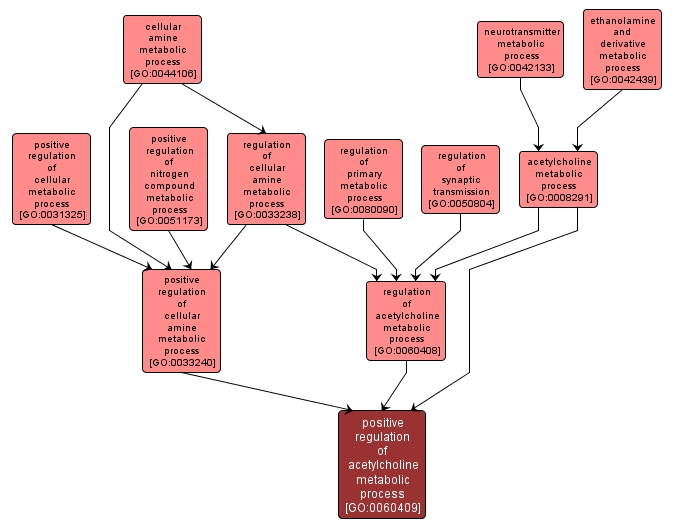| Desc: |
Any process that increases the rate, frequency or extent of the chemical reactions and pathways involving acetylcholine, the acetic acid ester of the organic base choline. Acetylcholine is a major neurotransmitter and neuromodulator both in the central and peripheral nervous systems. It also acts as a paracrine signal in various non-neural tissues. |














